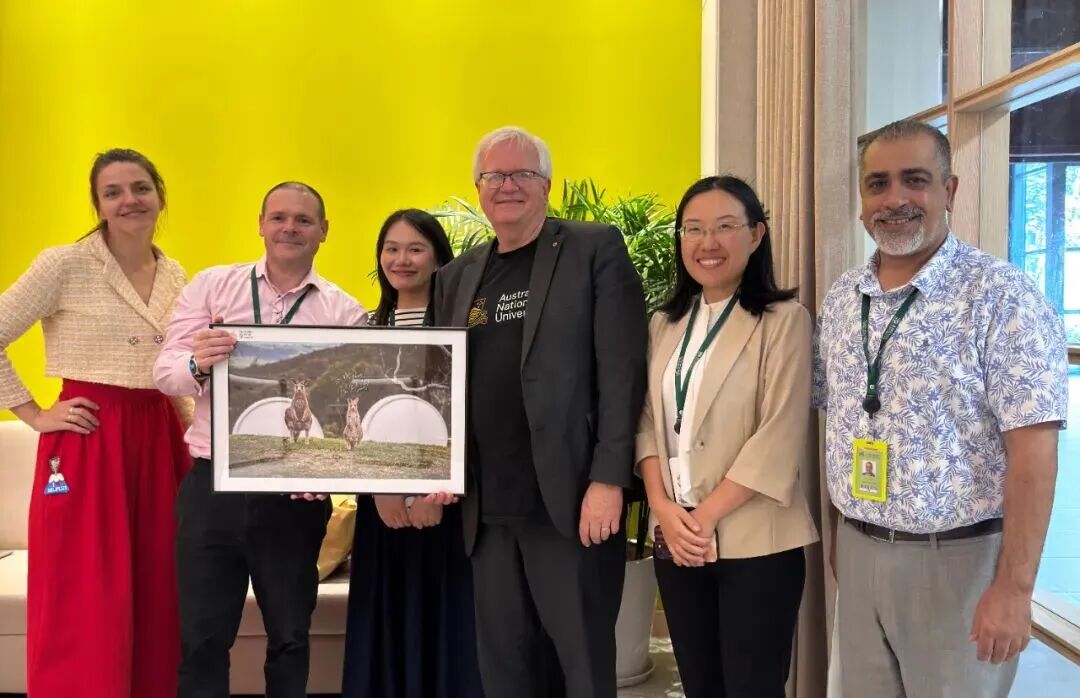Professor Brian P. Schmidt was a co‑recipient of the 2011 Nobel Prize in Physics (shared with Saul Perlmutter and Adam G. Riess) for the discovery that the expansion of the Universe is accelerating, based on observations of distant Type Ia supernovae. He also shared the 2006 Shaw Prize in Astronomy. Originally from Montana in the USA, while also spending some of his early life in Alaska, he went on to receive a PhD at Harvard University, before continuing his path-breaking research at the Australian National University. He is currently an astrophysicist at Australian National University's Mount Stromlo Observatory and Research School of Astronomy and Astrophysics, where he served as Vice Chancellor from 2016 to 2024.
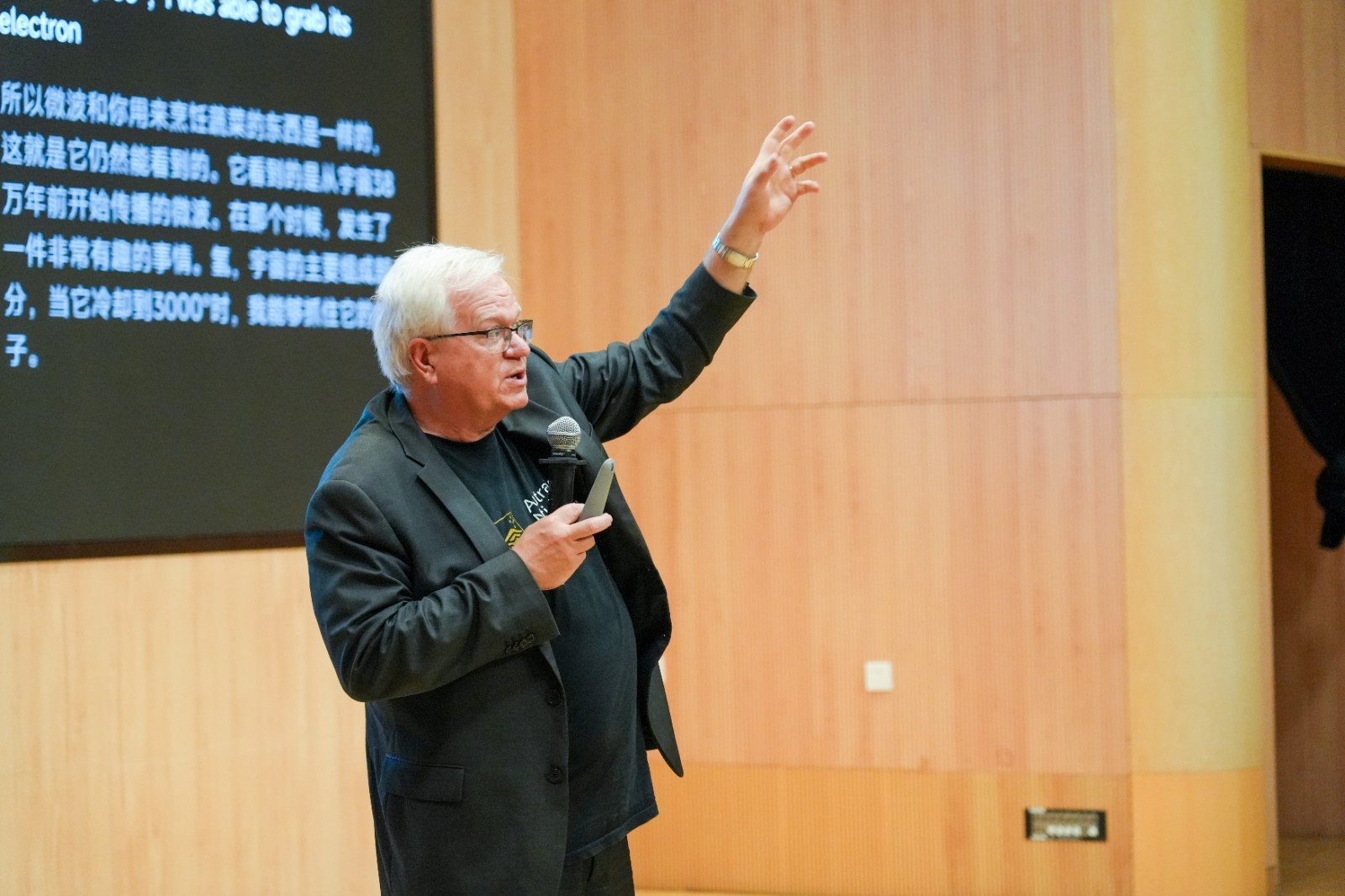
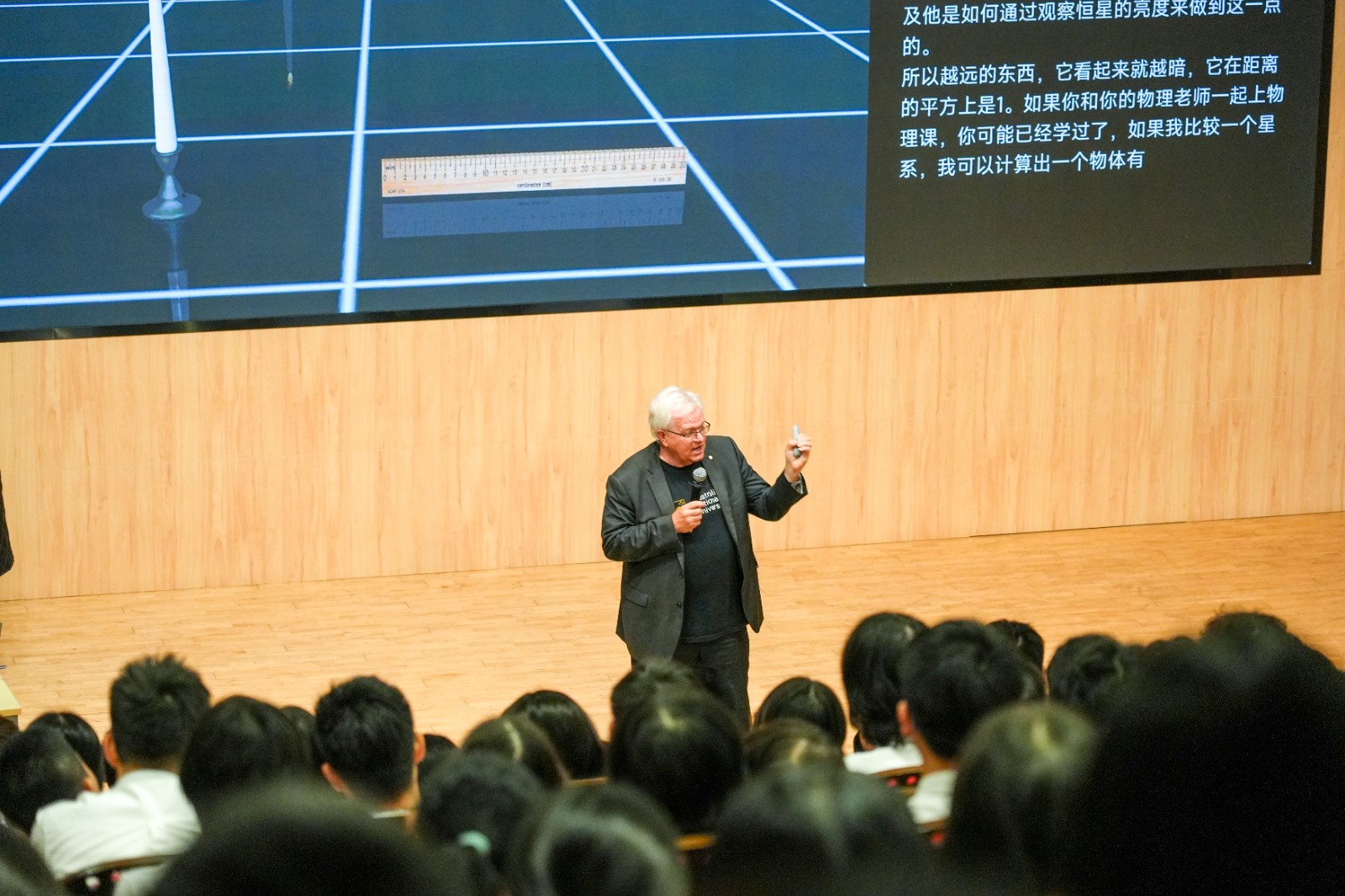
In his lecture, Schmidt laid out the story of the universe from the Big Bang to its possible futures, explaining both the observations and the key ideas that have changed the picture of cosmic history. He described the cosmic microwave background — light emitted when the universe was about 380,000 years old — whose ripples preserve early sound‑wave patterns he then traced the path from Hubble’s discovery of the universe’s expansion to modern distance measurements using Type Ia supernovae as ‘standard candles.’ Schmidt explained how his team’s supernova studies revealed distant explosions receding faster than expected, implying an accelerating expansion driven by ‘dark energy’ (now thought to comprise roughly 70% of the universe).
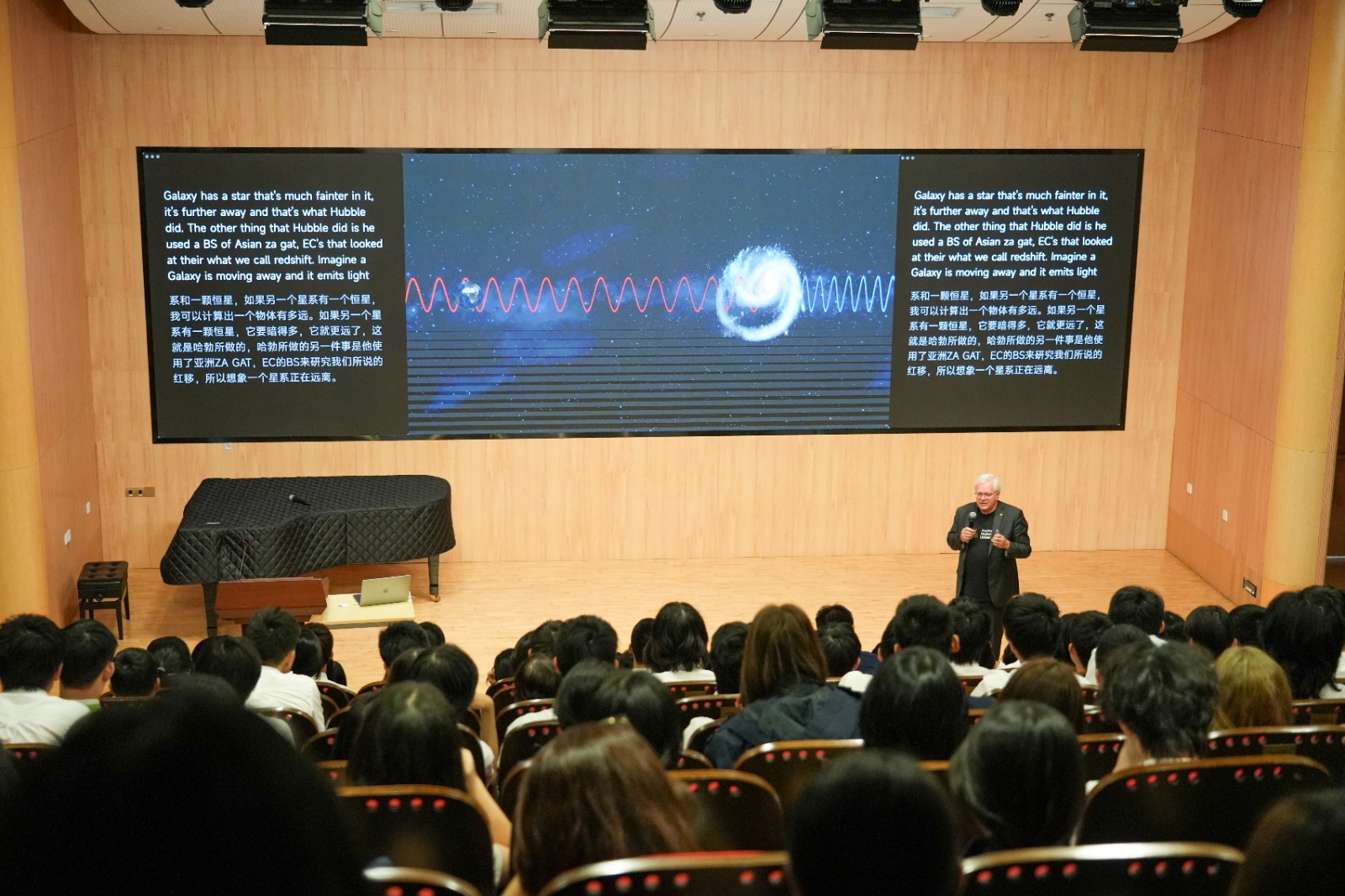
Professor Schmidt pointed out that many technologies now used in our phones—CMOS cameras first developed for a mission to Jupiter, touchscreens, Wi‑Fi, and GPS based on precision atomic clocks—originated in astrophysics and space projects. Using clear visuals and everyday analogies, he showed that astrology is an open, data‑driven field full of surprising questions and that curiosity‑driven research often yields concrete everyday benefits.
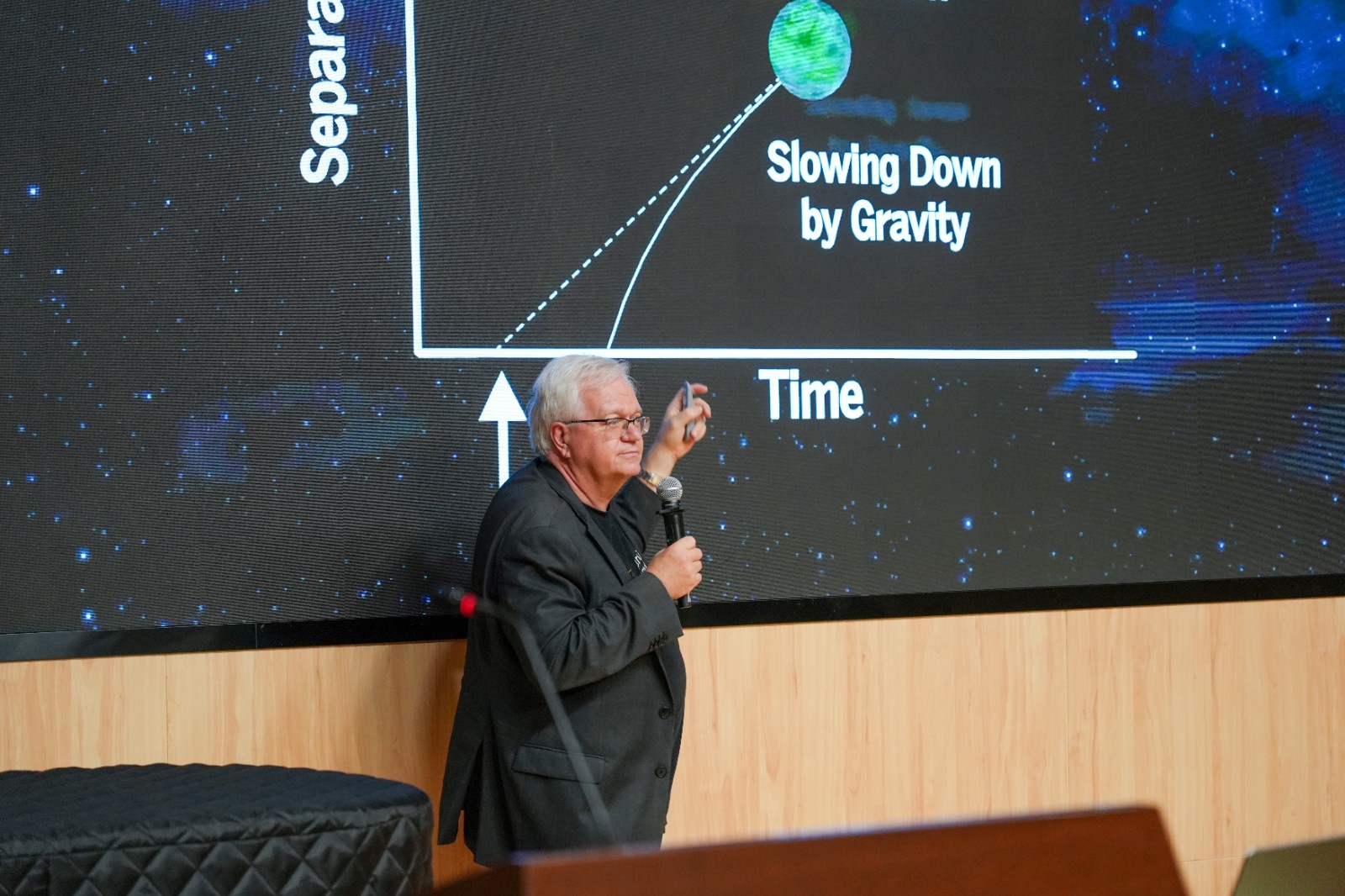
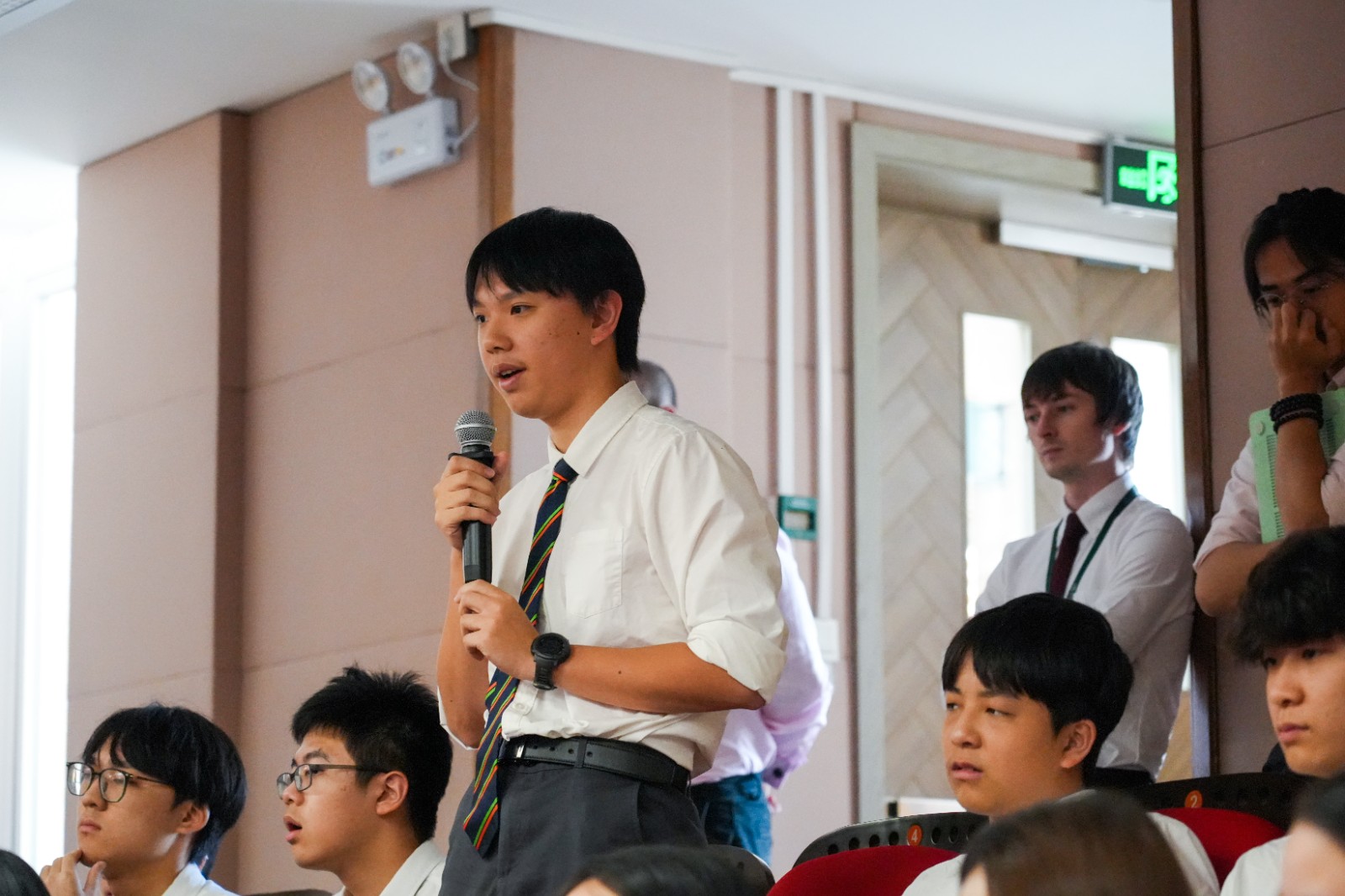
The lecture ended with a student‑led Q&A session in which students asked Professor Schmidt questions. Students probed whether the expanding universe has an edge or only observational horizons, the far‑future fate of stars and galaxies, the possibility of antimatter beyond the horizon, and how far back current physics can reliably describe the Big Bang — even touching on quantum‑gravity questions and the difference between the motion of space and motion within space.
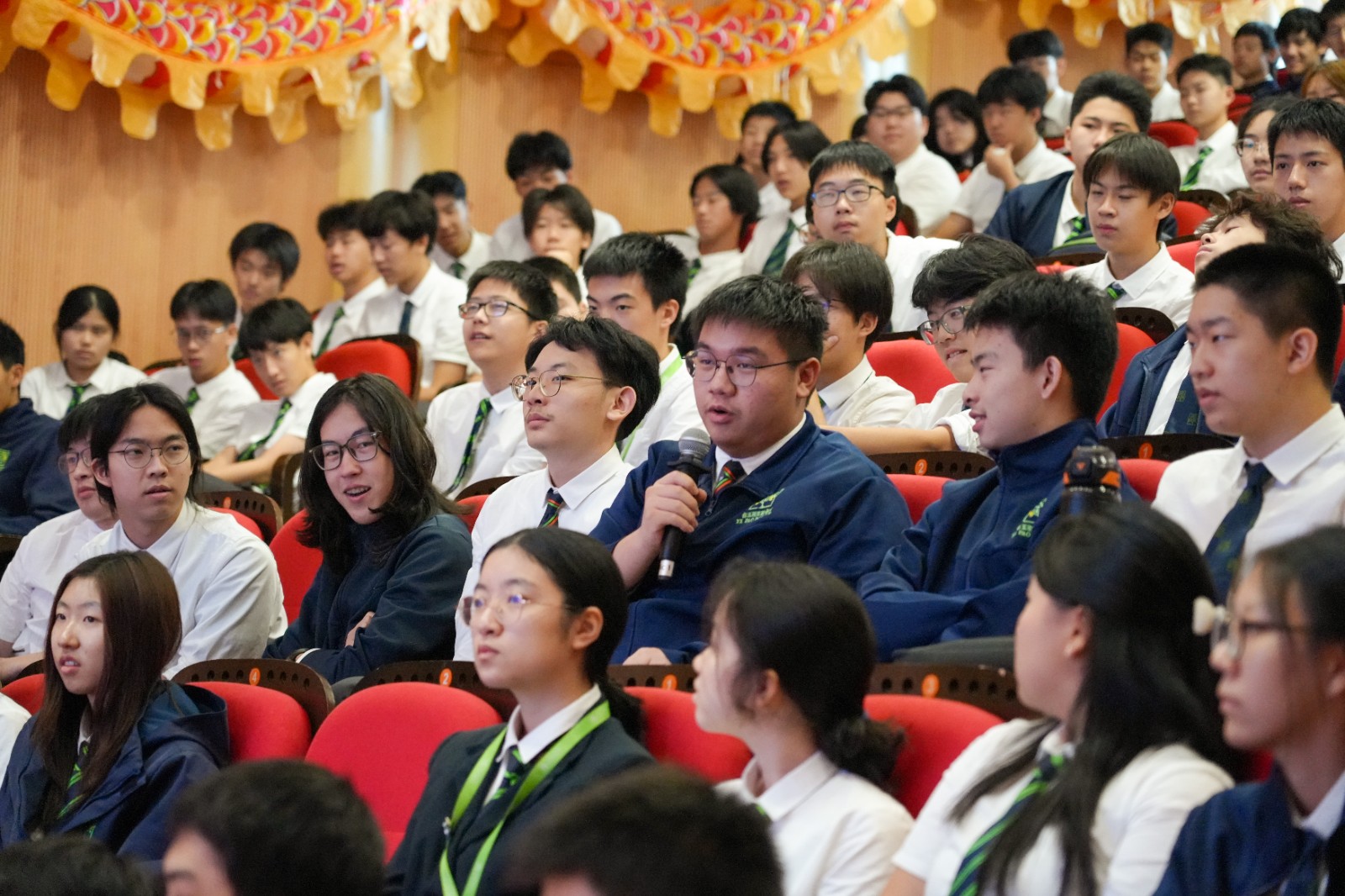
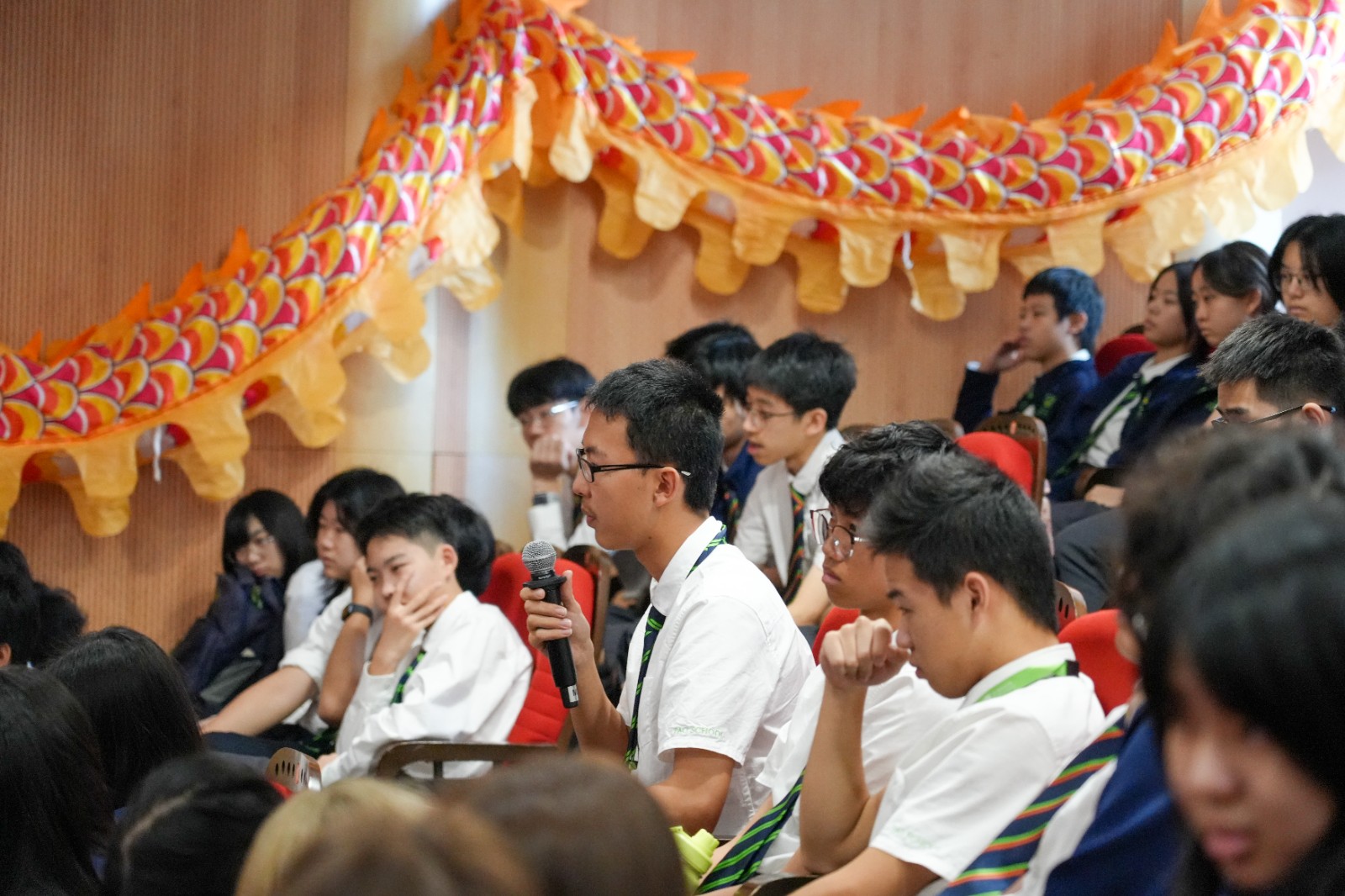
They also asked about research as a career, prompting an honest discussion about creativity, persistence and the role of luck, and about recent discoveries such as unexpected early black holes, gravitational‑wave astronomy and the coming generation of 30‑meter‑class telescopes that could probe exoplanet atmospheres for biosignatures. The exchange was lively and inquisitive throughout.
